MARKET OVERVIEW
The global intraoperative surgical navigation systems market is a fast-growing segment of the overall medical technology market, and it is at the forefront in shaping the future of how surgical procedures will be undertaken. The market revolves around cutting-edge technologies that will aid surgeons in navigating complicated anatomical structures during surgery, providing greater accuracy and assurance in the operating room. With more complex surgical procedures and higher degrees of precision needed, these navigation systems will be a foundation to improving medical results in various specialties. Fundamentally, this market will be based around the technology that will deliver real-time images and direction for surgery.
These systems are integrated with current surgical instruments to give detailed visualizations of the anatomy of the patient. Such technology will not only improve the surgeon's capacity to make accurate decisions but will also lower the risk of complications and follow-up operations. The global intraoperative surgical navigation systems market will keep advancing in popularity as medical centers and surgeons continue to look for instruments that will improve accuracy without increasing the risk. Outside its direct use within the operating room, this market will stretch further into the general debate surrounding healthcare standards and patient outcome. Surgical centers and hospitals will see the value of these systems in enhancing surgical performance metrics, which will in turn drive future purchasing decisions and healthcare policy.
This demand won't be localized to a single geographic location; institutions globally will turn to intraoperative navigation as a standard of surgical excellence. What makes this market unique is not the technology alone but the manner in which it will change the surgery process. Intraoperative surgical navigation systems will revamp the patient and practitioner expectations.
Doctors will depend on these instruments to visualize parts of the body that were previously difficult to reach or understand using traditional techniques. This increased level of precision will translate to more assured decision-making during procedures, particularly in areas like neurosurgery, orthopedics, and ENT procedures. The global intraoperative surgical navigation systems market will end up closing the loop between pre-operative planning and successful surgery outcomes, affirming its position within the operating room.
In the long run, this market will influence the way surgical education and training develop. As surgical workflows become more integrated with navigation systems, surgeons of the future will be educated using these tools right from the start of their careers. They will integrate navigation-assisted surgery in a way that makes it the standard and not the norm.
These systems will not only be used by medical institutions for their short-term clinical advantages but also as elements of their sustained approach to surgical excellence as well as to recruiting the very best talent. As the global intraoperative surgical navigation systems market will be mostly concerned with enhancing surgical accuracy and patient outcomes, its influence will extend to even how healthcare facilities define quality and success. It will dictate surgical procedures, hospital accreditations, and even patient confidence in healthcare services. This market, in the next few years, will not only facilitate improved surgical outcomes but will go on to redefine the parameters by which surgical excellence will be measured across the world.
Global intraoperative surgical navigation systems market is estimated to reach $851.9 Million by 2032; growing at a CAGR of 9.0% from 2025 to 2032.
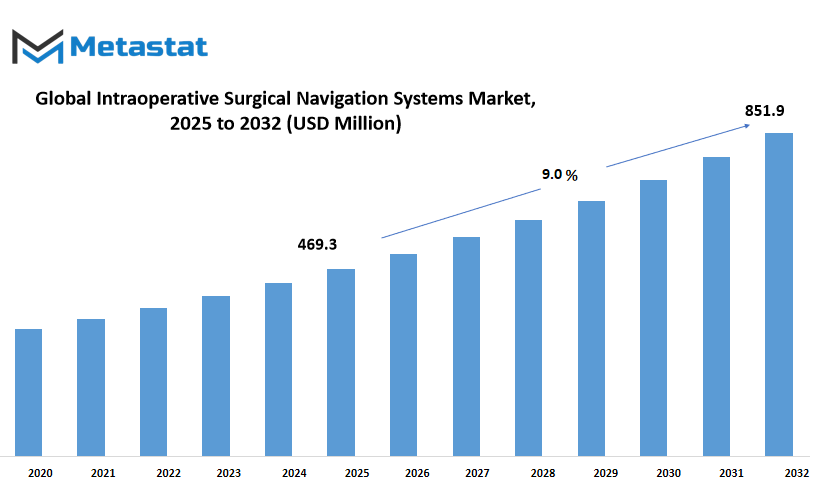
GROWTH FACTORS
The global intraoperative surgical navigation systems market is expected to experience steady growth over the coming years, primarily due to the rising complexity of surgical procedures and rapid advancements in technology. As surgeries continue to become more precise and tailored to individual patient needs, there is an increasing demand for navigation systems that can assist surgeons during procedures. These systems help in improving accuracy, reducing complications, and ensuring better outcomes for patients. With this demand growing, companies in the healthcare technology sector are putting more effort into developing tools that provide real-time guidance and enhanced visualization during surgery.
One of the main factors contributing to this growth is the continuous development of technology within the medical field. Navigation systems are now more advanced, providing clearer imaging and more detailed guidance than ever before. Surgeons rely on these tools to make critical decisions during operations, especially in complex cases where precision is key. As these systems improve, they are being integrated with other innovative technologies like robotics and artificial intelligence. This integration is expected to shape the future of the global intraoperative surgical navigation systems market, allowing for more automated processes, fewer errors, and faster recovery times for patients. These improvements are likely to attract more hospitals and surgical centers to adopt such systems, further fueling the market’s growth.
Despite these positive factors, there are still challenges that could slow down the market’s progress. One of the most significant issues is the high cost of these advanced systems. Not all healthcare facilities have the budget to invest in such expensive technology, especially smaller hospitals or those in developing regions. In addition to the initial investment, there is also the cost and time involved in training medical staff to use these complex systems effectively. Integration into existing surgical processes can sometimes be complicated and time-consuming, which may cause some organizations to hesitate.
Looking ahead, the potential for integrating these navigation systems with robotics and AI presents a promising opportunity. Such integration will likely lead to even greater precision during surgeries and open doors to new types of procedures that were previously considered too risky or complex. As these technologies continue to evolve, they will likely become more affordable and user-friendly, making it easier for more healthcare providers to adopt them. In the future, the global intraoperative surgical navigation systems market will benefit from these advancements, leading to better healthcare outcomes and increased demand across the globe.
MARKET SEGMENTATION
By Types
The global intraoperative surgical navigation systems market is expected to experience steady growth in the coming years. This growth will likely be driven by the continued demand for safer, more accurate surgical procedures. These navigation systems help surgeons achieve better precision during operations, reducing risks and improving patient outcomes. As technology advances, hospitals and healthcare facilities are showing a growing interest in adopting these systems to ensure higher success rates in surgeries. The importance of accuracy during operations cannot be overstated, and these systems help medical professionals achieve that with greater confidence.
The global intraoperative surgical navigation systems market is further segmented into 3D Navigation Systems, 2D Navigation Systems, and VR/AR Systems. Each of these categories plays a key role in shaping the future of surgical technology. 3D Navigation Systems are particularly valued for their ability to provide detailed, three-dimensional views of the human body, allowing surgeons to visualize organs, tissues, and structures in a way that was not possible before. This helps in planning and executing complex surgeries with higher accuracy. On the other hand, 2D Navigation Systems, while not as advanced as their 3D counterparts, still offer significant support by giving surgeons clear, real-time images that guide them during procedures. These systems continue to serve as reliable tools, especially in surgeries where 3D imaging may not be necessary.
VR/AR Systems are expected to change the way surgeons approach operations in the future. With virtual reality and augmented reality technologies, surgeons can now practice procedures in a simulated environment before entering the operating room. This type of system will help reduce human errors and improve surgeon performance by offering a more interactive and realistic training experience. Over time, VR/AR will likely become a standard part of surgical preparation and live operations, enhancing both training and real-time navigation.
Looking ahead, the global intraoperative surgical navigation systems market will likely see more integration of these technologies into everyday medical practices. As healthcare providers continue to seek out ways to improve patient care and surgical outcomes, these navigation systems will become more refined and accessible. Their benefits in terms of precision, efficiency, and patient safety will drive further investments and innovations. The future of surgery will lean heavily on these systems to deliver results that were once considered too complex or risky. As these technologies evolve, they will shape a new standard in surgical excellence around the world.
By Applications
The global intraoperative surgical navigation systems market is expected to see continuous growth in the coming years. This is because of the increasing need for accurate and safer surgeries across different medical fields. Hospitals and surgical centers are looking for better tools that help surgeons perform with more confidence and precision. These systems work like a guide during surgery, helping doctors know exactly where they are operating. This reduces the chances of mistakes and improves recovery for patients. It also gives surgeons real-time feedback, which allows them to make quicker decisions while the surgery is still in progress. As technology keeps improving, these systems are likely to become even more advanced, offering greater benefits.
The market is divided into several important areas. Cardiovascular surgeries, for example, require extreme precision because they involve the heart and blood vessels. A small mistake can lead to serious problems. This is why surgical navigation tools are so valuable in this field. They help surgeons see clearly and perform procedures more safely. Orthopedic surgeries are another key area. These surgeries often involve bones and joints, where precise placement of screws or implants is necessary. Navigation systems help make sure everything is correctly aligned, which leads to better results for patients and fewer problems afterward.
Trauma surgeries also benefit a lot from this technology. In emergency situations where quick decisions are needed, these systems provide clear guidance. They help doctors treat injuries more accurately, which can make a big difference in recovery. Neuro and spine surgeries are among the most delicate. Operating on the brain or spine leaves no room for error. Surgeons rely on navigation systems to avoid damaging important nerves or tissues. This technology helps them plan the surgery better and carry it out with greater safety.
Other applications include fields like ENT or dental surgeries, where precision is also highly important. As healthcare continues to evolve, more specialties will likely adopt these systems. In the future, we might see these tools becoming smaller, faster, and more user-friendly. Integration with artificial intelligence could allow these systems to provide even more detailed guidance. Surgeons might receive suggestions during surgery, helping them avoid risks they might not notice on their own.
The global intraoperative surgical navigation systems market will keep growing as long as the demand for safer and more effective surgeries increases. These systems will continue to shape the future of surgery by making complex procedures easier and improving outcomes for patients worldwide.
By End Users
The global intraoperative surgical navigation systems market is expected to see steady growth in the future as advancements in medical technology continue to shape how surgeries are performed. These systems help surgeons operate with higher precision, reducing the chances of errors and improving patient outcomes. As healthcare becomes more advanced, the demand for tools that allow for safer and more accurate surgeries will increase. This demand will drive both innovation and investment in this market, making it a key area of focus for healthcare providers and technology developers alike.
By looking at the market from the viewpoint of end users, it becomes clear that hospitals will continue to hold the largest share. Hospitals perform a wide range of surgeries daily, and the need for accurate navigation tools is stronger here than in any other setting. These tools help surgeons see real-time images and data while they operate, guiding their movements and decisions. As hospitals are often the first to adopt new technologies, they will play a big role in how these systems evolve and improve in the future. Many hospitals are already working towards creating smarter operating rooms where everything from lighting to imaging systems is connected. Surgical navigation systems will fit right into these efforts, further proving their value in this space.
Specialized surgical centers will also contribute to the growth of the global intraoperative surgical navigation systems market. These centers focus solely on performing surgeries, often offering expertise in certain areas such as orthopedics or neurology. For them, having reliable navigation tools is essential to maintaining their reputation and ensuring positive results for their patients. As these centers aim to stay competitive, they will continue to adopt the latest tools that help them achieve better accuracy and efficiency in their work. This focus on specialization will make these systems even more necessary moving forward.
Research institutes represent another important end-user group. They play a different role in the market, often testing and helping to develop new systems before they reach wider use. These institutes provide valuable feedback and data that helps improve the technology. As more research is done into ways to make surgery safer and more effective, these navigation systems will become an even larger part of that conversation. Looking ahead, the global intraoperative surgical navigation systems market will likely continue to expand as technology advances and healthcare providers look for better ways to treat patients with confidence and precision.
|
Forecast Period |
2025-2032 |
|
Market Size in 2025 |
$469.3 million |
|
Market Size by 2032 |
$851.9 Million |
|
Growth Rate from 2025 to 2032 |
9.0% |
|
Base Year |
2024 |
|
Regions Covered |
North America, Europe, Asia-Pacific Green, South America, Middle East & Africa |
REGIONAL ANALYSIS
The global intraoperative surgical navigation systems market is expected to see steady growth in the future, with regions around the world contributing in different ways to this development. This market is divided by geography, with North America, Europe, Asia-Pacific, South America, and the Middle East & Africa each playing a role in shaping how these systems will be adopted and improved in the years ahead. In North America, the market is further broken down into the U.S., Canada, and Mexico. The United States is expected to continue leading this region due to its strong healthcare infrastructure, high investment in medical technologies, and growing demand for advanced surgical tools that improve accuracy during operations. Canada and Mexico are likely to follow this trend as healthcare systems in these countries also move towards modern, technology-driven solutions.
In Europe, countries such as the UK, Germany, France, and Italy are key contributors. These nations have well-established healthcare systems and are placing a strong focus on enhancing surgical precision through advanced tools. The rest of Europe is expected to slowly adopt these technologies as awareness spreads and investments increase. The Asia-Pacific region includes India, China, Japan, South Korea, and other developing markets. In this part of the world, rapid advancements in healthcare technology are being driven by large populations, rising healthcare budgets, and a growing demand for high-quality surgical care. Countries like Japan and South Korea are already recognized for their technological advancements and are likely to lead within the region. Meanwhile, India and China are catching up quickly as their healthcare sectors continue to expand and modernize.
South America, including Brazil, Argentina, and other countries in the region, shows promise as healthcare spending increases and more hospitals look to improve surgical outcomes through technology. Brazil is expected to lead this growth due to its size and the focus of its healthcare sector on modern medical solutions. In the Middle East & Africa, countries such as those in the GCC, along with Egypt and South Africa, are showing interest in these systems as well. These nations are gradually investing more in healthcare, recognizing the benefits of adopting technologies that can improve surgical accuracy and patient safety.
Looking forward, the global intraoperative surgical navigation systems market will likely see more collaboration between regions, more investment in innovation, and a wider acceptance of these systems as healthcare providers worldwide aim for better patient outcomes through precision-guided surgeries.

COMPETITIVE PLAYERS
The global intraoperative surgical navigation systems market is expected to see steady growth in the future, driven by continuous advancements in medical technology and increasing demand for precise surgical procedures. Companies involved in this field are focusing on enhancing the accuracy, reliability, and ease of use of their navigation systems to meet the rising expectations of surgeons and healthcare providers. As surgeries become more complex and require higher levels of precision, these systems play a crucial role in supporting better outcomes for patients. They help surgeons in planning and performing surgeries with more confidence by providing clear, real-time visualization of anatomical structures.
Major players in this market are well aware of the need to stay ahead by investing in research and development. Medtronic Plc, Zimmer Biomet Holdings, Inc., Brainlab AG, GE Healthcare, B. Braun Group, Fiagon GmbH, Stryker Corporation, Siemens Healthineers, Collin SAS, Medacta International, and Novarad are some of the companies that continue to push the boundaries of technology in this area. These companies focus on refining their products to offer better imaging solutions and more advanced navigation tools. Their aim is to improve not only the technical performance of the systems but also the overall surgical experience for both patients and healthcare professionals.
Looking ahead, these competitive players are expected to play a major part in shaping the future of the global intraoperative surgical navigation systems market. They will likely prioritize collaborations with hospitals and surgical centers, offering training and support to ensure their systems are used to their full potential. Partnerships with academic and research institutions may also help drive innovation, resulting in new products that are more user-friendly and efficient. Additionally, companies may explore artificial intelligence to enhance decision-making during surgery, offering even greater precision and improved safety for patients.
The demand for these systems is not limited to large hospitals. Smaller healthcare facilities are also beginning to recognize the benefits, which may encourage companies to develop solutions that are more affordable and easier to integrate into existing practices. As competition grows, it is likely that companies will continue to seek ways to differentiate themselves through technological innovation, customer service, and long-term partnerships.
In the future, the global intraoperative surgical navigation systems market will likely reflect a blend of advanced technology, expanding accessibility, and a focus on improving patient care. Companies leading this space will continue to shape how surgeries are performed, aiming to reduce risks and improve outcomes for patients across the world.
Intraoperative Surgical Navigation Systems Market Key Segments:
By Types
- 3D Navigation Systems
- 2D Navigation Systems
- VR/AR Systems
By Applications
- Cardiovascular Surgeries
- Orthopedic Surgeries
- Trauma Surgeries
- Neuro/Spine Surgeries
- Others
By End Users
- Hospitals
- Specialized Surgical Centers
- Research Institutes
Key Global Intraoperative Surgical Navigation Systems Industry Players
- Medtronic Plc
- Zimmer Biomet Holdings, Inc.
- Brainlab AG
- GE Healthcare
- B. Braun Group
- Fiagon GmbH
- Stryker Corporation
- Siemens Healthineers
- Collin SAS
- Medacta International
- Novarad
WHAT REPORT PROVIDES
- Full in-depth analysis of the parent Industry
- Important changes in market and its dynamics
- Segmentation details of the market
- Former, on-going, and projected market analysis in terms of volume and value
- Assessment of niche industry developments
- Market share analysis
- Key strategies of major players
- Emerging segments and regional growth potential



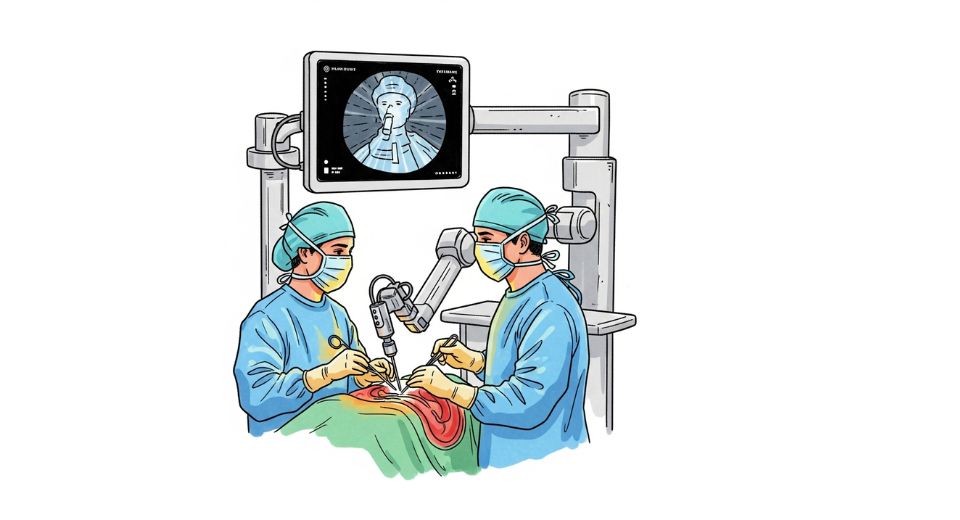
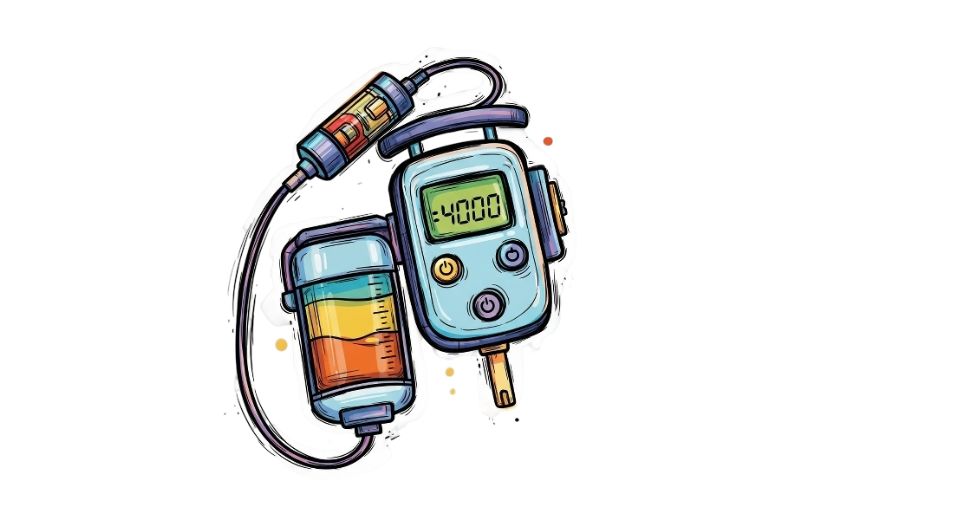
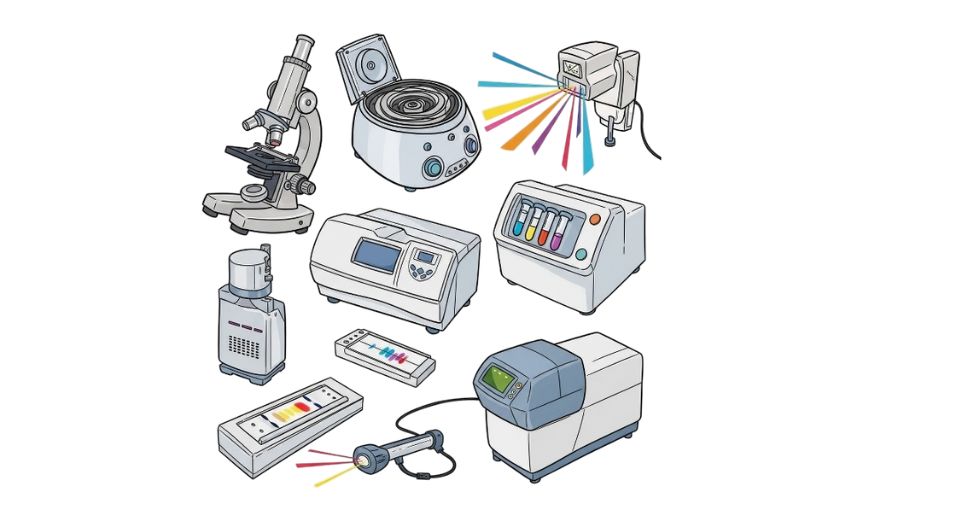
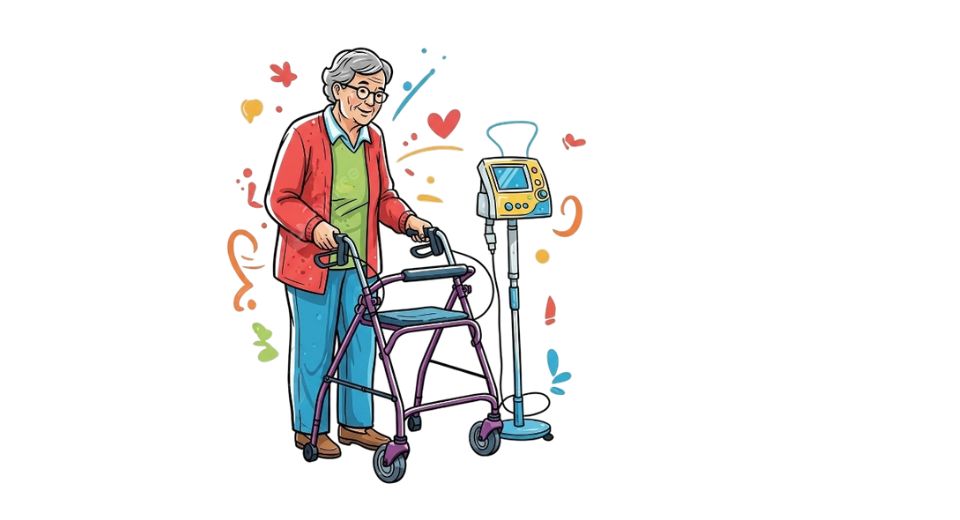

 US: +1 3023308252
US: +1 3023308252






